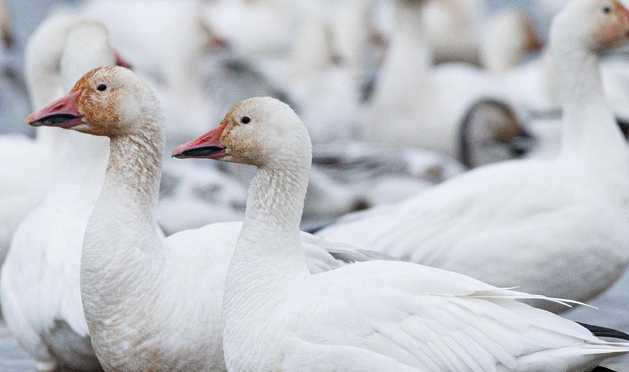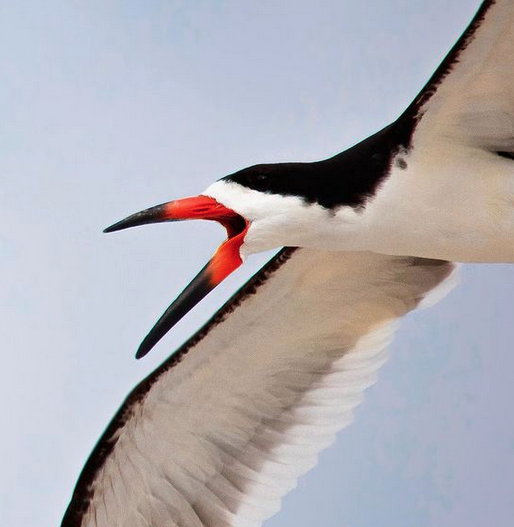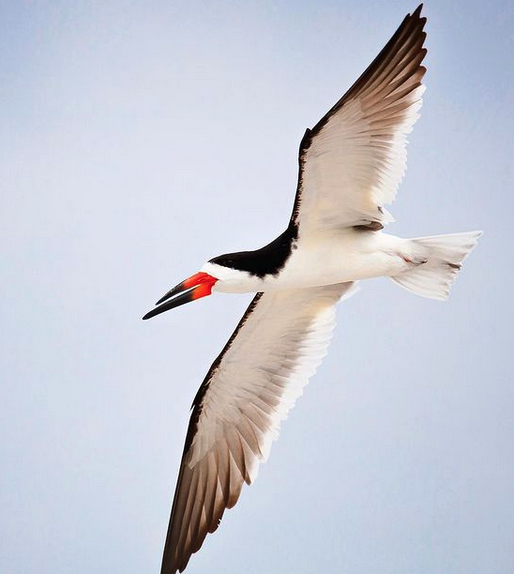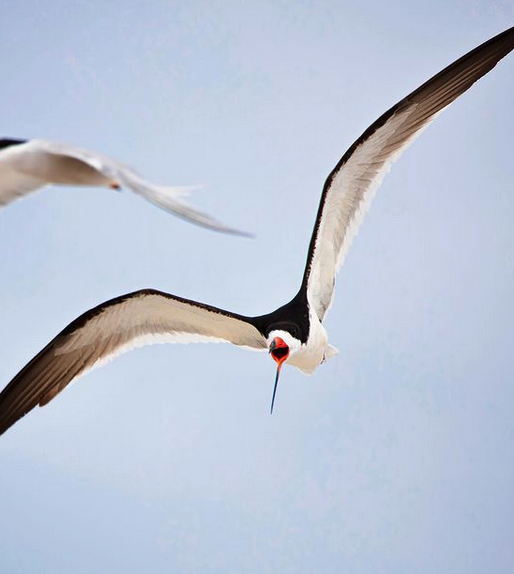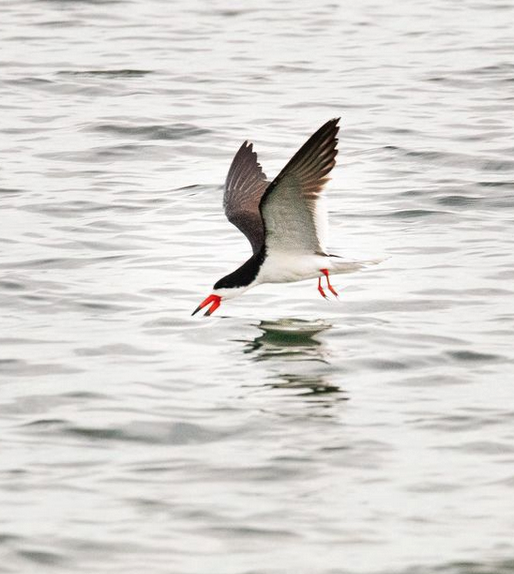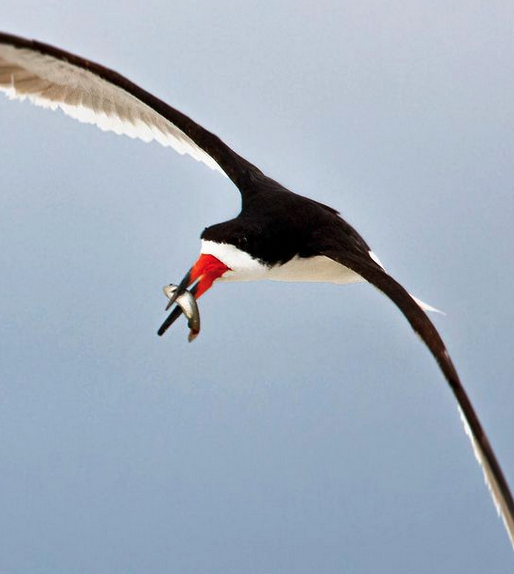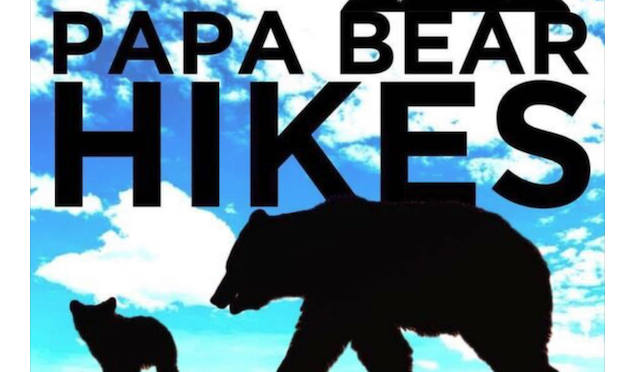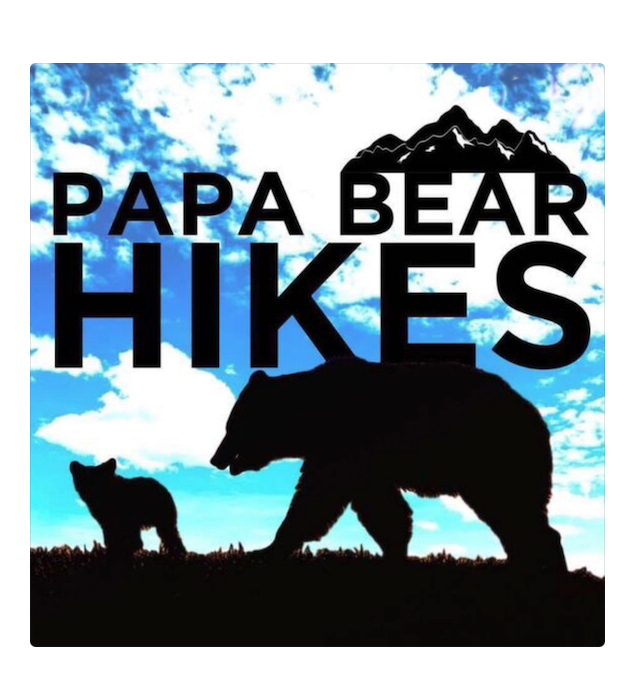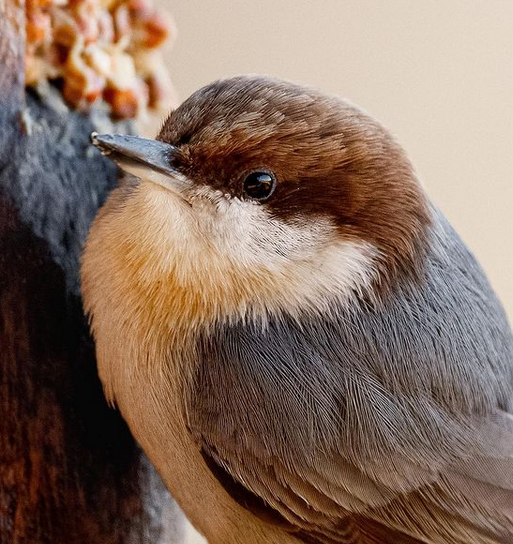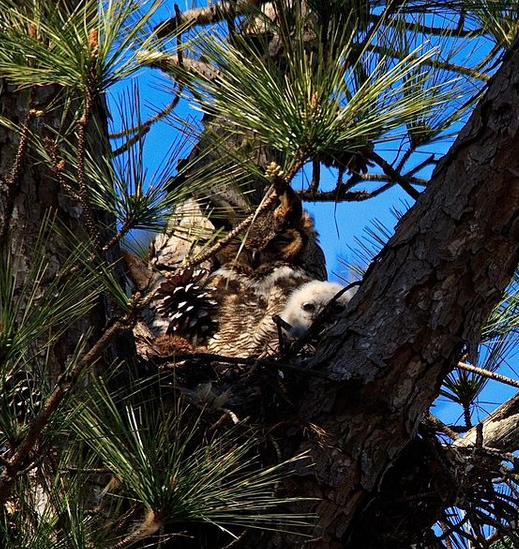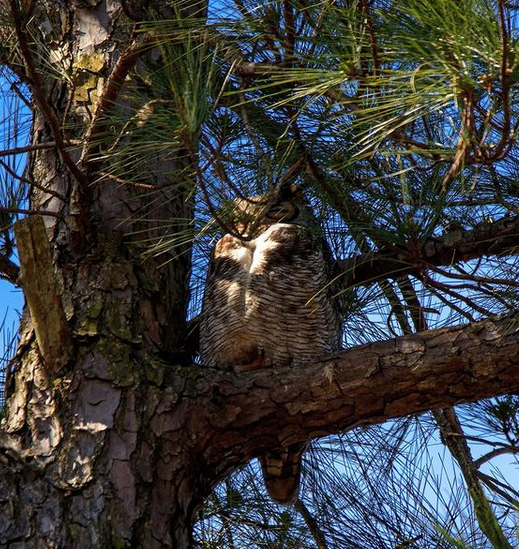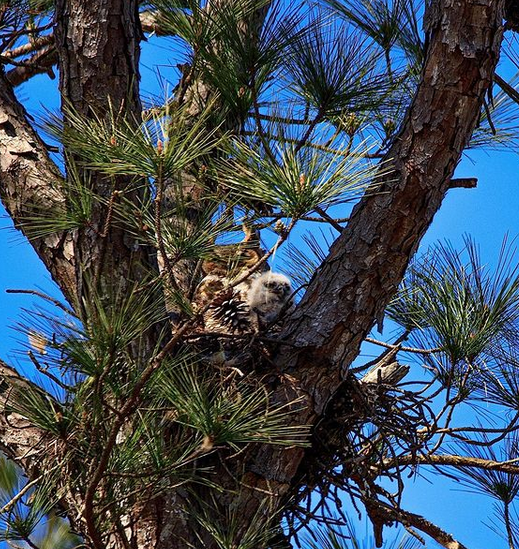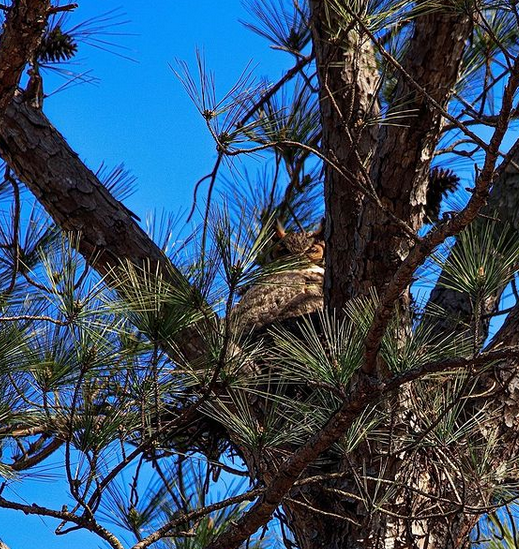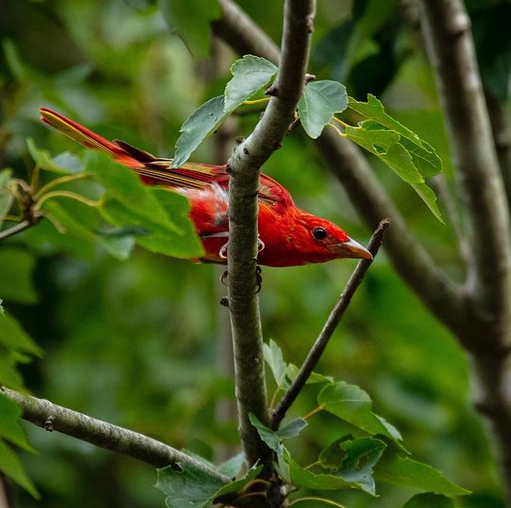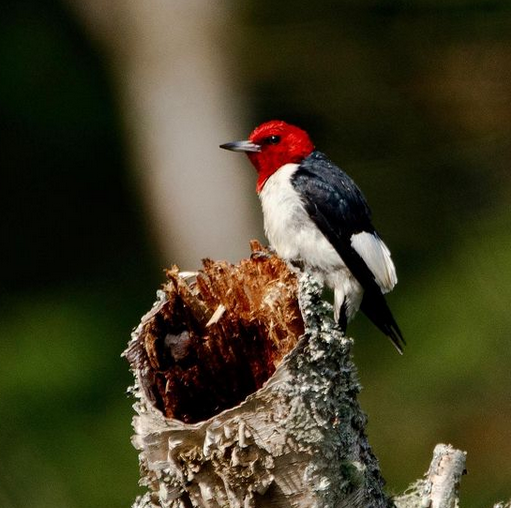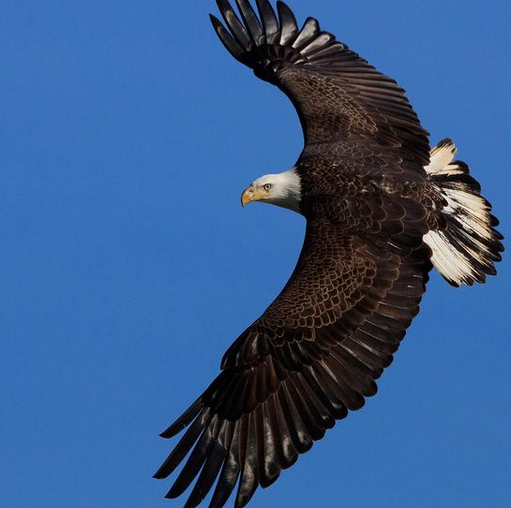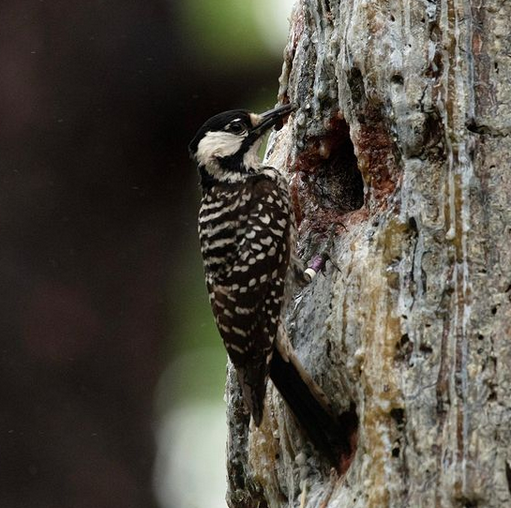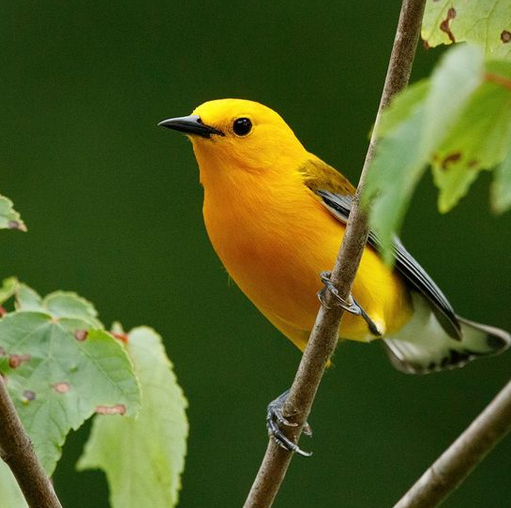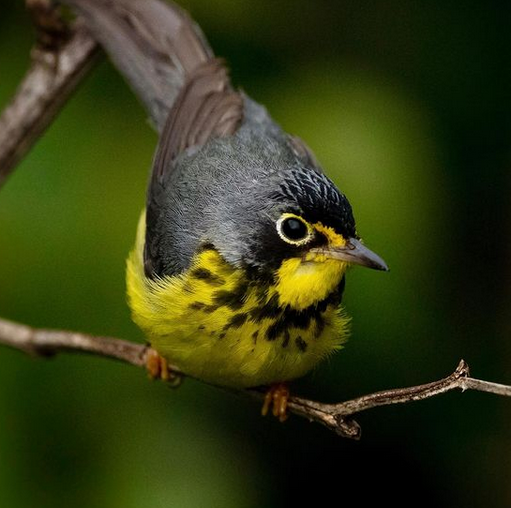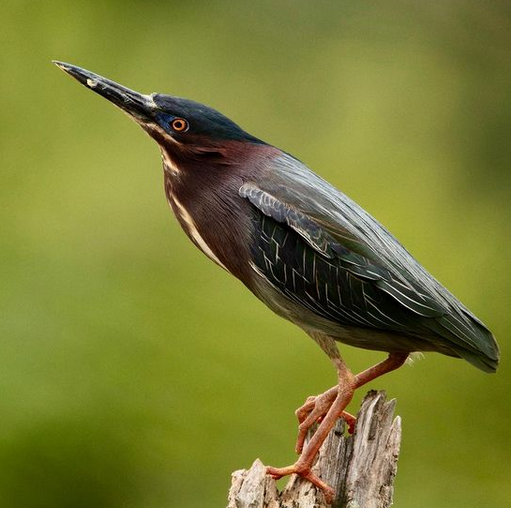By Sally Siko
Now that winter is well underway here in the eastern US, all kinds of waterfowl have flown in to spend the cooler months along our coast. One of my favorite annual visitors are the Snow Geese.
I spotted this flock while on a recent birding trip to Chincoteague, Virginia.

Approaching on foot until I was about 100ft away, I then dropped down onto the sand to crawl on my belly so that the geese wouldn’t be spooked off by my presence.
Though it took a bit of maneuvering, it was well worth the sand scratches to grab a few photos of the flock at a relatively close range as they rested in this shallow pond.
As you can see, Snow Geese are handsome birds sporting pure white plumage with black primary feathers on the tips of their wings.
But check out the photograph below and you’ll see a blue morph goose dressed in dark charcoal plumage with a white neck.

A difference so striking that the blue morphs used to be considered separate species
There’s even a Snow Goose with a white and grey body with it’s head tucked under it’s wing here in the flock which was really cool to see too!

Color variations aside, only one population of Snow Geese exists in the world. In addition, the species movements as a whole is almost entirely confined to the Atlantic flyway of North America.
This elegant species breeds in the Canadian High Arctic, and on the western coast of Greenland so it’s pretty neat to be able to spend time with them all the way down here in Virginia.
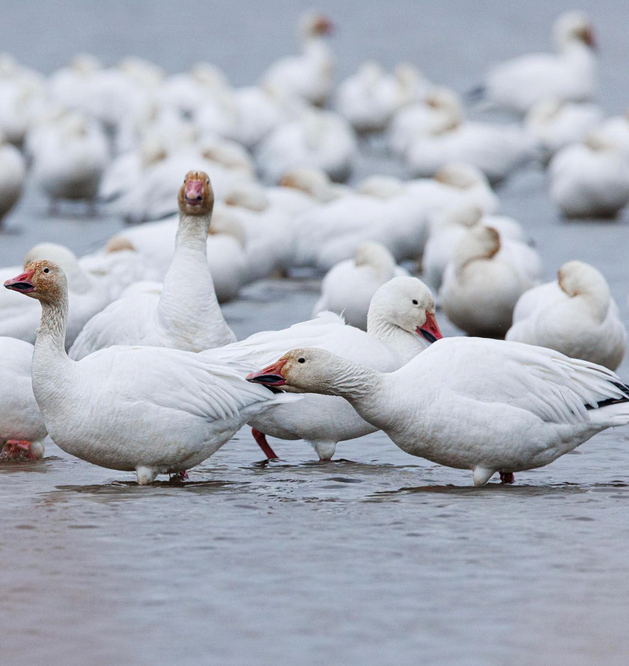

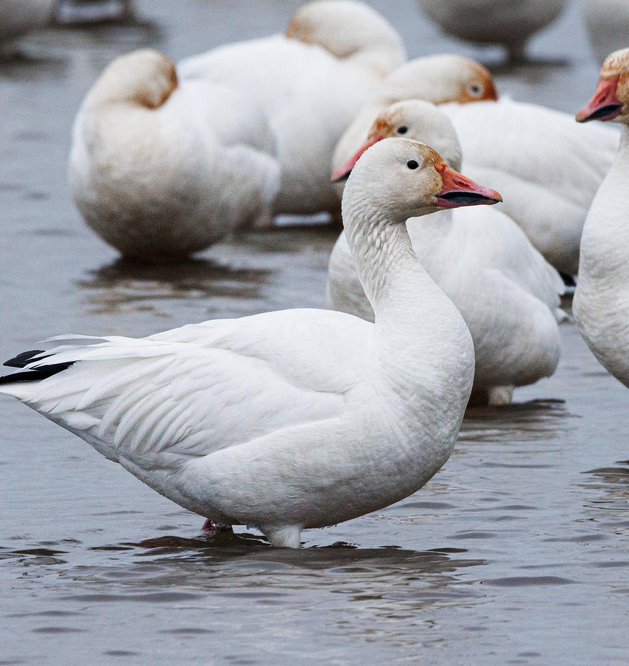

Aren’t they gorgeous?
Photos by @sally_siko of @bestlife_birding on my mighty mirrorless monster, the @canonusa #R5

